-
Posts
19,753 -
Joined
Content Type
Forums
Detector Prospector Home
Detector Database
Downloads
Posts posted by Steve Herschbach
-
-
don't depend on them rattling; and not seeing them does not mean they were not there...
fred
That goes for gold nuggets also!
Them little ones add up. Thanks for posting Dean.
-
The Lobo will do just fine. http://www.detectorprospector.com/steves-mining-journal/metal-detecting-gold-ganes-creek-alaska.htm
Use all metal mode if at all possible. If using disc mode in trashy area use no more than 1.5 - 2.0 on the disc setting. Just enough to get small ferrous to break up. Too much and you will tune out gold. You may lose a bit of depth in disc mode but beats digging a ton of junk. I like the ability to chest or belt mount the Lobo for hunting tailing piles for long hours. Just beware overstressing the cable where it meets the control box from bending and pulling too much.
One of my hunting buddies from back in the day, Jeff with 17 dwt nugget found with Tesoro Lobo at Ganes Creek, Alaska on 2001
-
JP posted this video over a month ago at http://www.detectorprospector.com/forum/topic/1033-bogenes-settings/?p=10934 Since it is in another thread I decided to highlight it here in case somebody overlooked it.
The video is just part of a detailed article on the subject JP did at https://www.minelab.com/emea/treasure-talk/using-the-gpz-7000-in-high-emi-conditions-and-audio-smoothing Be sure and check it out.
-
That is exactly the type of gold the GPZ excels on. Prickly/Porous gold. The operator still has to put the coil over it though - good work!
-
-
I would take a stock coil plus a larger coil. Big dredges were pretty good at getting the small gold so you are mainly looking for nuggets that were lost because they were too big. Think quarter ounce and larger.
If possible I would also take a backup detector. Three weeks is a long time in Alaska and a detector failure after a week would put a damper on things. Cheap insurance for a big trip. Good luck!
-
Trees being non-magnetic they would be invisible in an aero magnetic survey.
-
-
If not PI then multi frequency is the way to go for salt water. Minelab Sovereign, Explorers, E-TRAC, CTX and Fisher CZ detectors are safe popular choices.
-
The question in my mind is do you need the detector to be fully submersible or not? The first post implied yes, with two fully submersible detectors. Now with the Sovereign you are bringing a dry land/wading detector into the mix. That pretty much opens it up for anything.
PI vs anything else is easy. For sheer power I always use a pulse induction detector UNLESS digging everything is a problem.
-
Wow, is that a chunk of gold in black rock? I can't wait to see it cleaned up and in a sharp closeup.
I hope to get back out again soon. Life got in the way for a bit but I am finally getting freed up again.
Very interesting piece, good going JP!
-
The SDC is the Gold Bug of pulse induction detectors. Sharp eyes never hurt either!
-
There currently is no import/export function and it is absolutely the number one thing limiting the usefulness of XChange and the GPS system as a whole.
That said I think I may be able to hack the system via a script. Hacks already exist for the CTX 3030 that can be applied to the GPZ 7000 but they are more work than they are really worth and not something just anybody can do. Anyone interested can find details at Access and Export XChange Data and Direct GPS Track Data Extraction
An issue related to this is using two computers. Let's say I use a home computer for most work with XChange and use it as the main data repository. Now I take a laptop onto the field, and because the GPZ fills up to the max with data I dump it all to XChange on the laptop and erase the GPZ. Now I have some data on the laptop and some on the home PC. How do I get it all onto the main PC? An export/import function makes that easy. And of course makes it easy to use with other programs or Google Earth.
I honestly do not see people really getting fully on board with this until an export/import function is implemented. Since this could serve both the CTX and GPZ user base a simple hack via a script might be worth a few bucks to the person that develops it.
-
Getting the coils may be another thing. Only the 4" x 6" elliptical and 9" spider coil are shown on the current Whites coil compatibility chart. 950 coils are still being sold but the solid 8" round appears to be discontinued. The 10" DD will be introduced with the TreasurePro, whenever that happens.
-
I got to handle a new TreasureMaster briefly a few days ago. I liked the big target id number. Did not like two piece rod design lacking a cam lock. The two piece design limits the maximum length and adjustability.
This is a rare detector under $300 that offers a true threshold based all metal mode. I wish I had checked to see if the on screen target id is functional in all metal - not sure. The TreasureMaster is always running in ground tracking mode. The Pro model allows you to lock the tracking. Ground tracking is another feature rare in detectors under $300. The only other ones I can think of offhand are the new Minelab Go-Find models.
All existing 8.3 kHz Prizm/Coinmaster coils are compatible with the Treasuremasters. A 10" round DD coil is being developed for and will be released with the TreasurePro that will also work on the Treasuremaster. http://forums.whiteselectronics.com/showthread.php?74060-just-a-thought-about-the-new-Treasure-master-Pro&p=971575&viewfull=1#post971575
-
This may seem obvious but on shallow bedrock the gold will be shallow, where material is deeper gold may be deeper. Use a small coil where you see bedrock exposed or think it is less than 4" deep. Use the larger coil where you think the ground is deeper.
In highly mineralized ground a small coil will "see" less ground and will ground balance better and may actually punch deeper than a large coil. A small coil also has the edge working in and around the base of rocks and bushes.
Always take both as a small coil takes no room and is a good backup just in case.
-
That is some interesting stuff. I wonder what the exact purpose was? Some sort of decorative trim? Looks like a good way to come up with ideas for jewelry would be to look at this kind of ancient artwork.
-
I believe the biggest sleeping dog in detectors is the whole issue of quality control both in the detectors and especially in the coils. Substandard units are very common and account for some of the widely varying opinions on detectors. There are many less knowledgable people using detectors or coils that are performing poorly and they do not even know it. It seems the problem has been getting worse but I can't tell if that is true or simply a side effect of the Internet and better cross checking and reporting by users. All the major manufacturers have made big fumbles in recent years on new detector releases so none can really be singled out. In general the more machines a company sells the more issues arise just from sheer numbers sold.
I disagree with the concept that rare hot units are making all the rest look bad. The members of this and many other forums are people buying top end "flagship" detectors and each and every one should be performing to top specifications. If not they should not be getting out the door. Or is it they are slapping together cheap low quality components and it is just a crapshoot getting a top performing unit? Sorry, that is what we expect from cheap detectors, not ones costing $1000 and more.
It really is so bad these days that in general I would advise a newbie to simply not buy a new model detector for a minimum of about 6 months after release just to let the bugs shake out. The problem of course is the "early adopter" being a guinea pig for the manufacturers and becoming in effect the last ten feet of the production line.
-
-
Variable Hot Ground, Saturable Ground, and Salty Ground
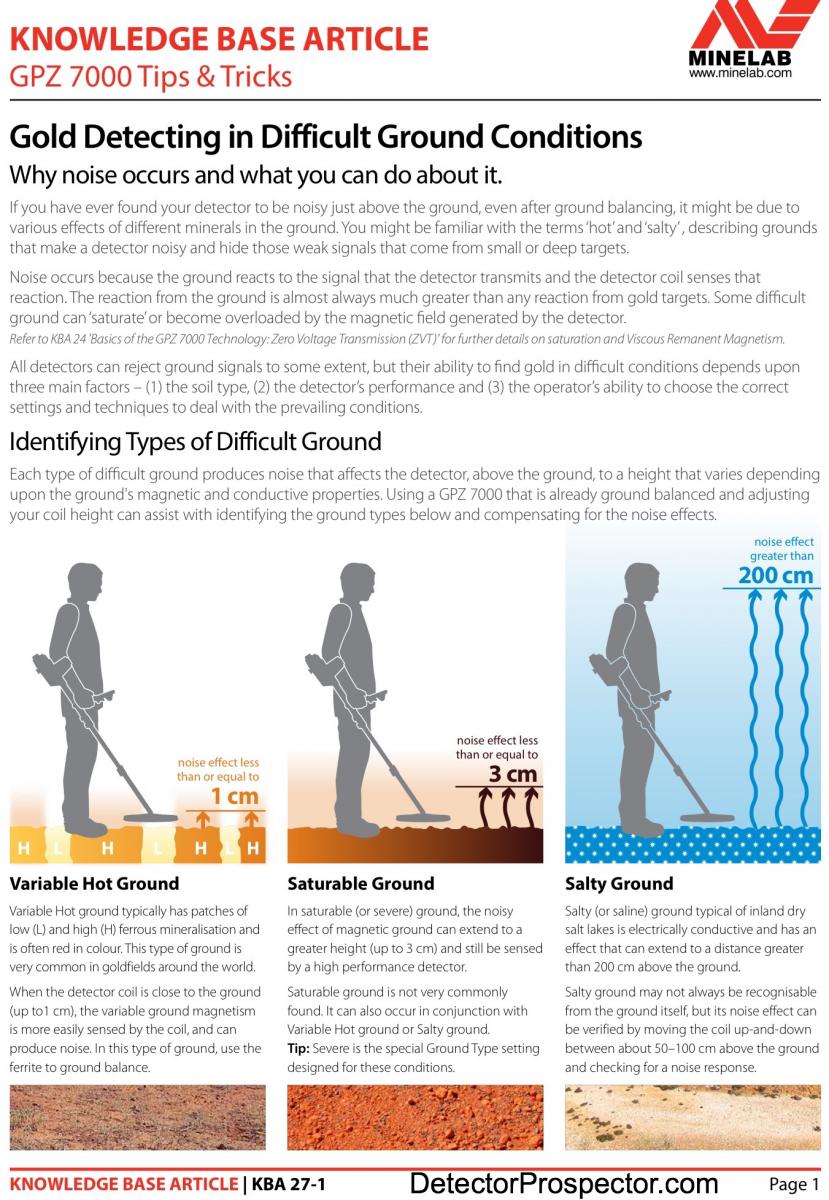
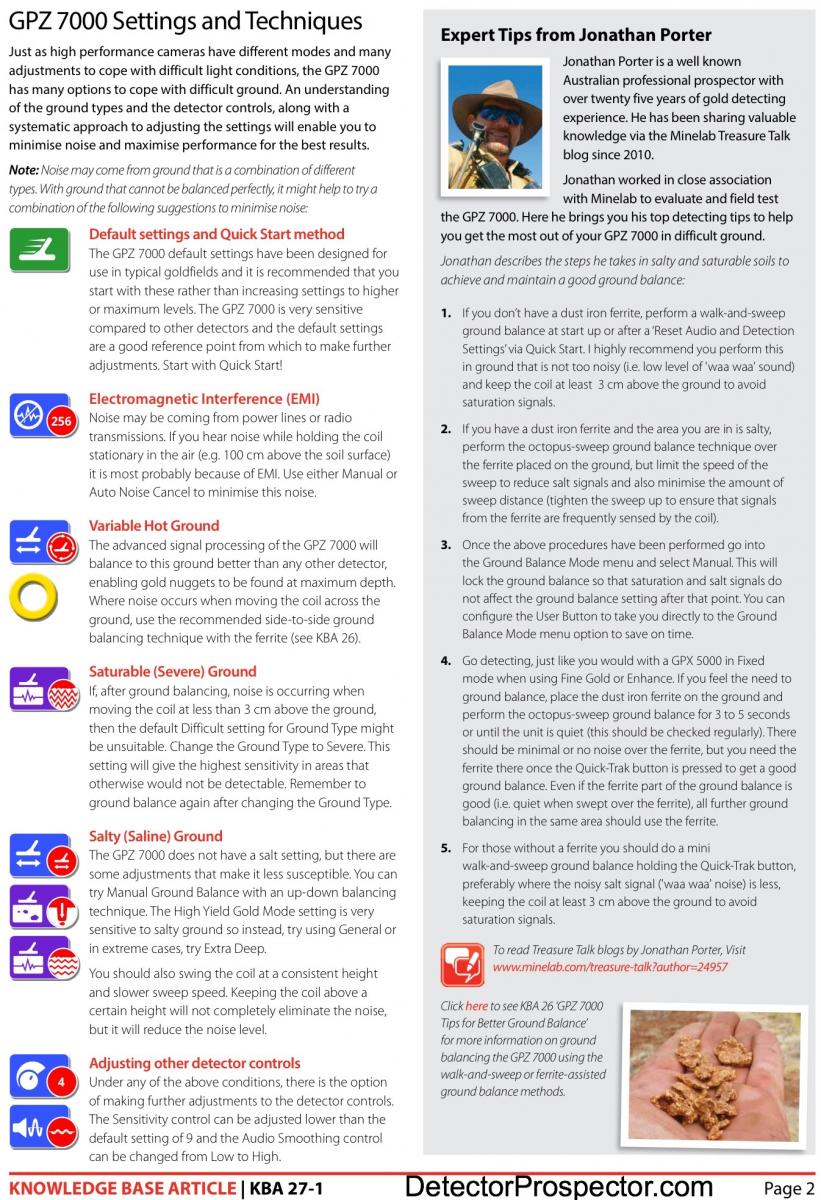
-
Living the dream Scott, that's what it is all about! Congratulations and I hope for many more nuggets for you soon.
-
Jasong that is one tasty tidbit worth a very long chew. Thanks for posting.
-
I am not pro any brand. I believe brand name loyalty is a liability.
You have a couple great machines Fletch - welcome to the forum!
-
I am not particularly interested in the very popular areas and am slowly extending my reach into less traveled areas as I get my bearings.
Having been to Oz I consider it much easier for me to find gold closer to home here in the U.S.


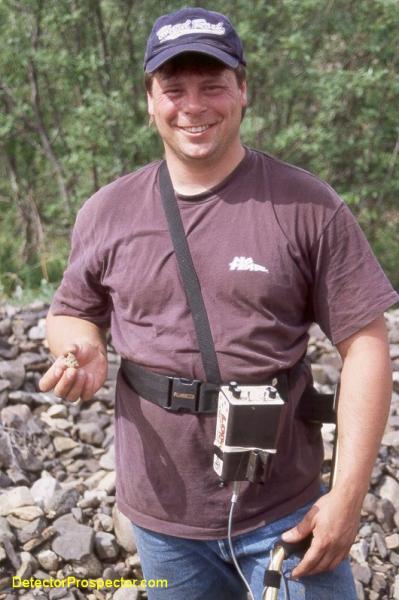
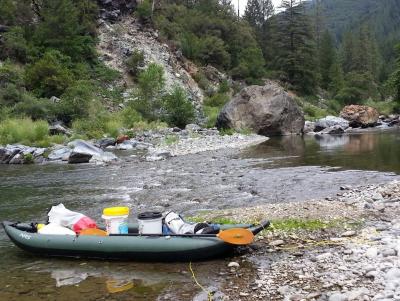

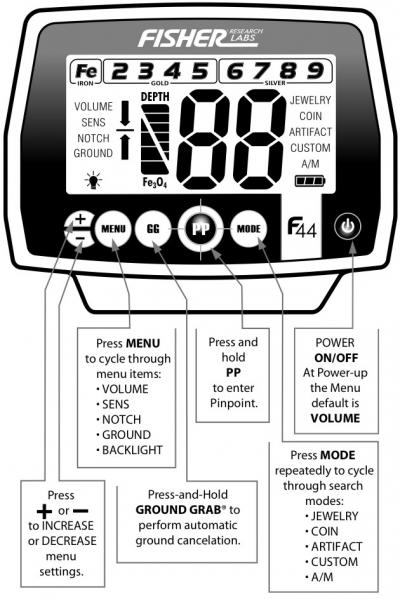
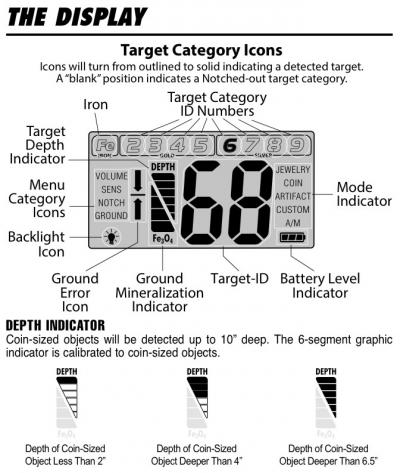
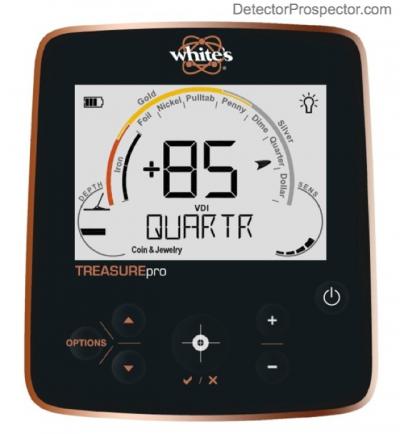
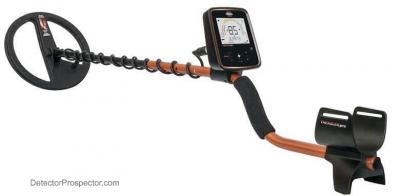
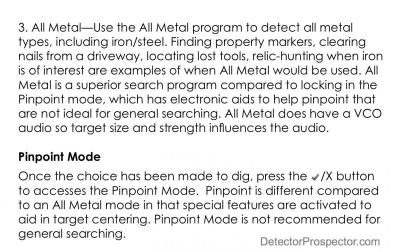
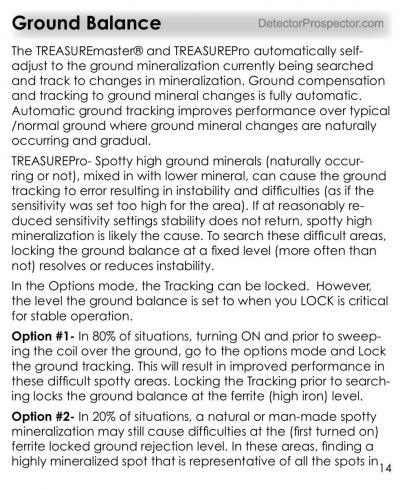
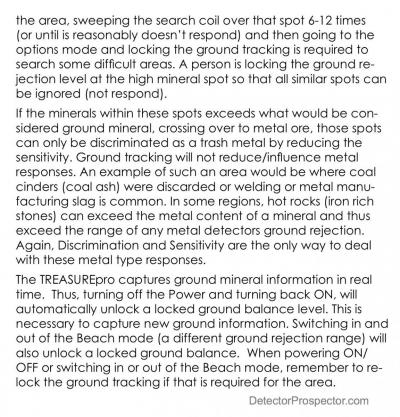
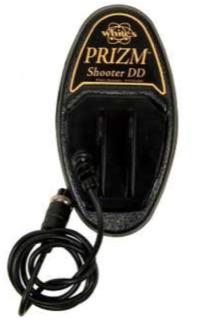
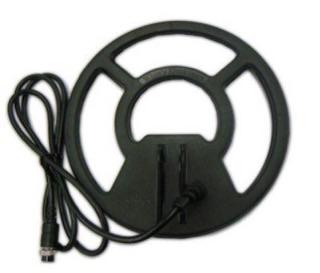
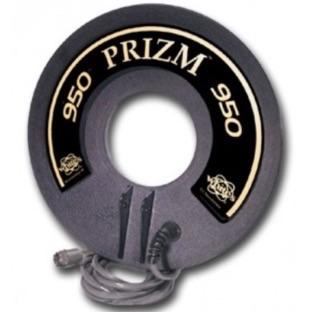
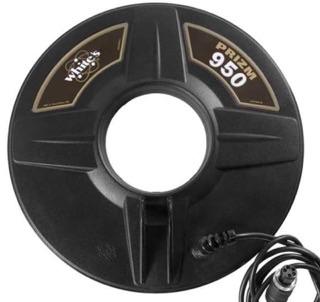
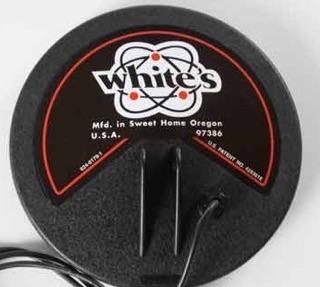
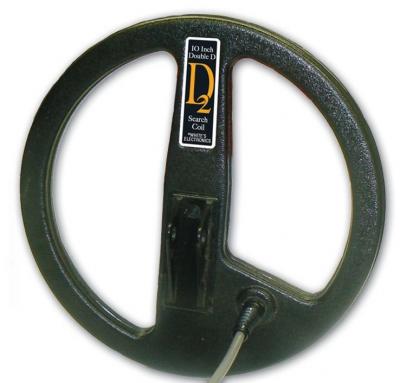
Want to See Some Killer Gold?
in Gold Panning, Sluicing, Dredging, Drywashing, Etc
Posted
That is some serious gold indeed. I am glad you are doing well Alan and hope it is just a start!